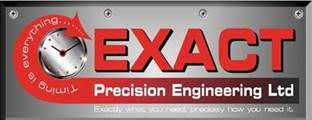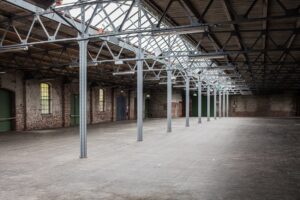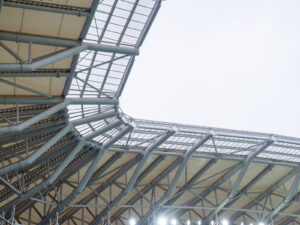For sheet metal specialists, one of the most important innovations of the last century is the precision laser cutter, which allows for exceptionally precise cutting, etching and fabrication for a wide range of purposes and industries.
However, the question of who invented the industrial laser cutter is surprisingly tricky to answer, and whilst practical laser cutting machinery can be traced back over 50 years, the story of the laser takes back to Albert Einstein in 1917.
Dr Einstein, in the paper Zur Quantentheorie der Strahlung (or On the Quantum Theory of Radiation in English), developed the main theory for how lasers and masers work, with other theorists such as Rudolf Ladenburg and Valentin Fabrikant confirming these theories by 1939.
The first microwave amplifier, or maser, was developed by Charles Hard Townes and his graduate students James Gordon and Herbert Zeiger in 1953, although it could not produce continuous output.
The remainder of the 1950s were filled with debates about whether a laser or maser could even function at all based on the then-understood laws of physics, with some believing it to be impossible and others merely impractical.
Mr Townes and others were not to be deterred, however, working closely with Gordon Gould on the concept of the laser and its applications. Both Mr Gould and Bell Labs would file patents on the technology behind the laser, which would spark a 28-year legal case that Mr Gould would eventually win in 1987.
The first functioning laser, however, was developed in 1960 by Theodore H Maiman, with Ali Javan developing the first gas laser that was capable of continuous operation, making the practical use of lasers possible.
The first production laser cutter was developed five years later by Wester Electric Engineering Research Centre, which was able to drill holes in the diamond dies used to create production moulds.


